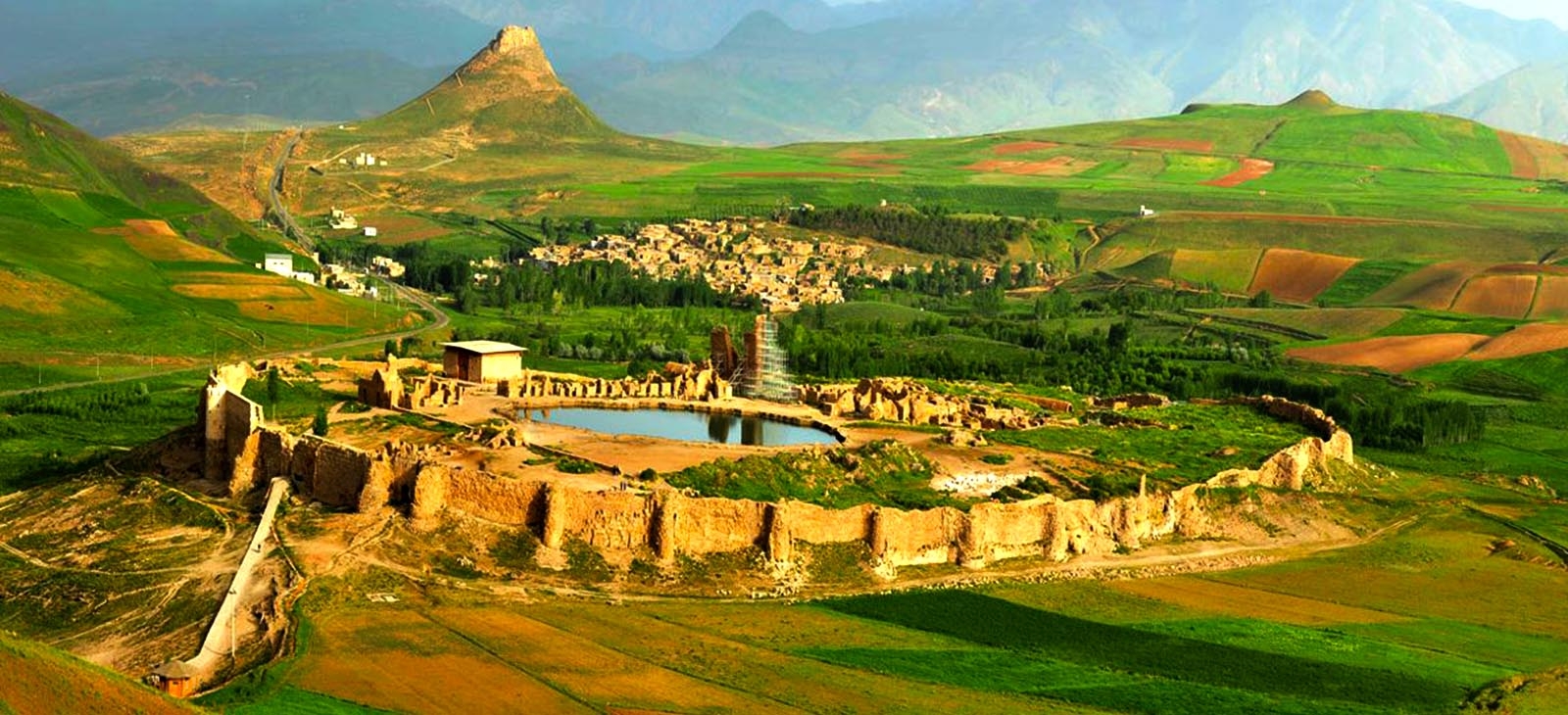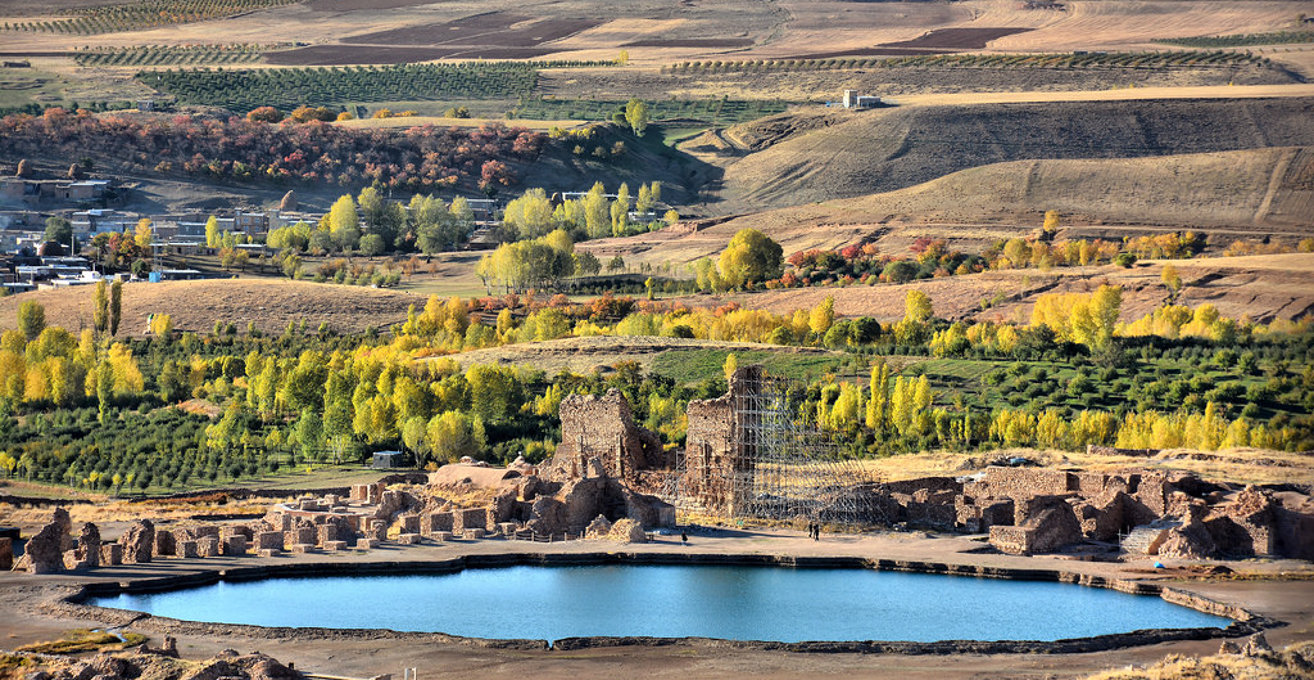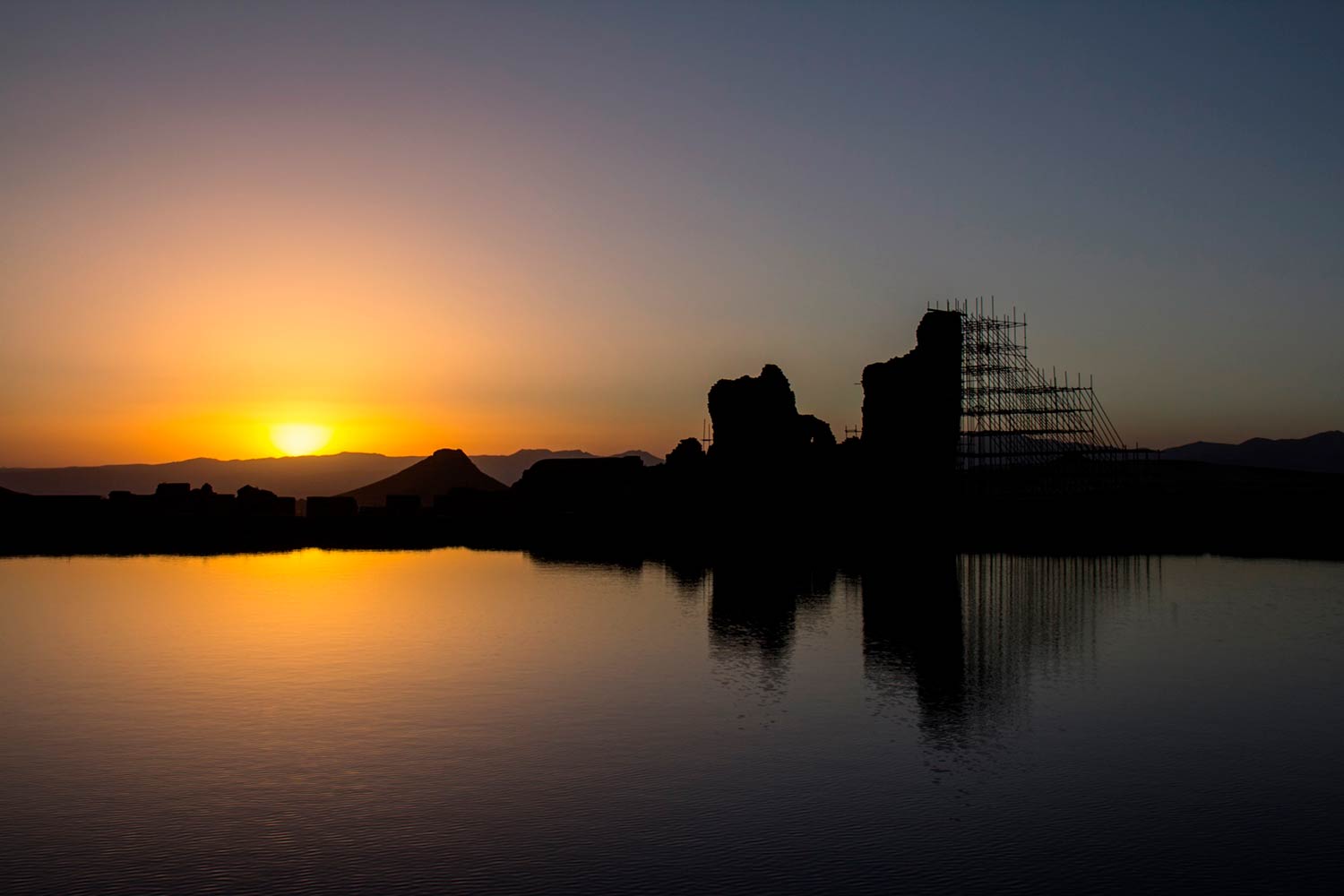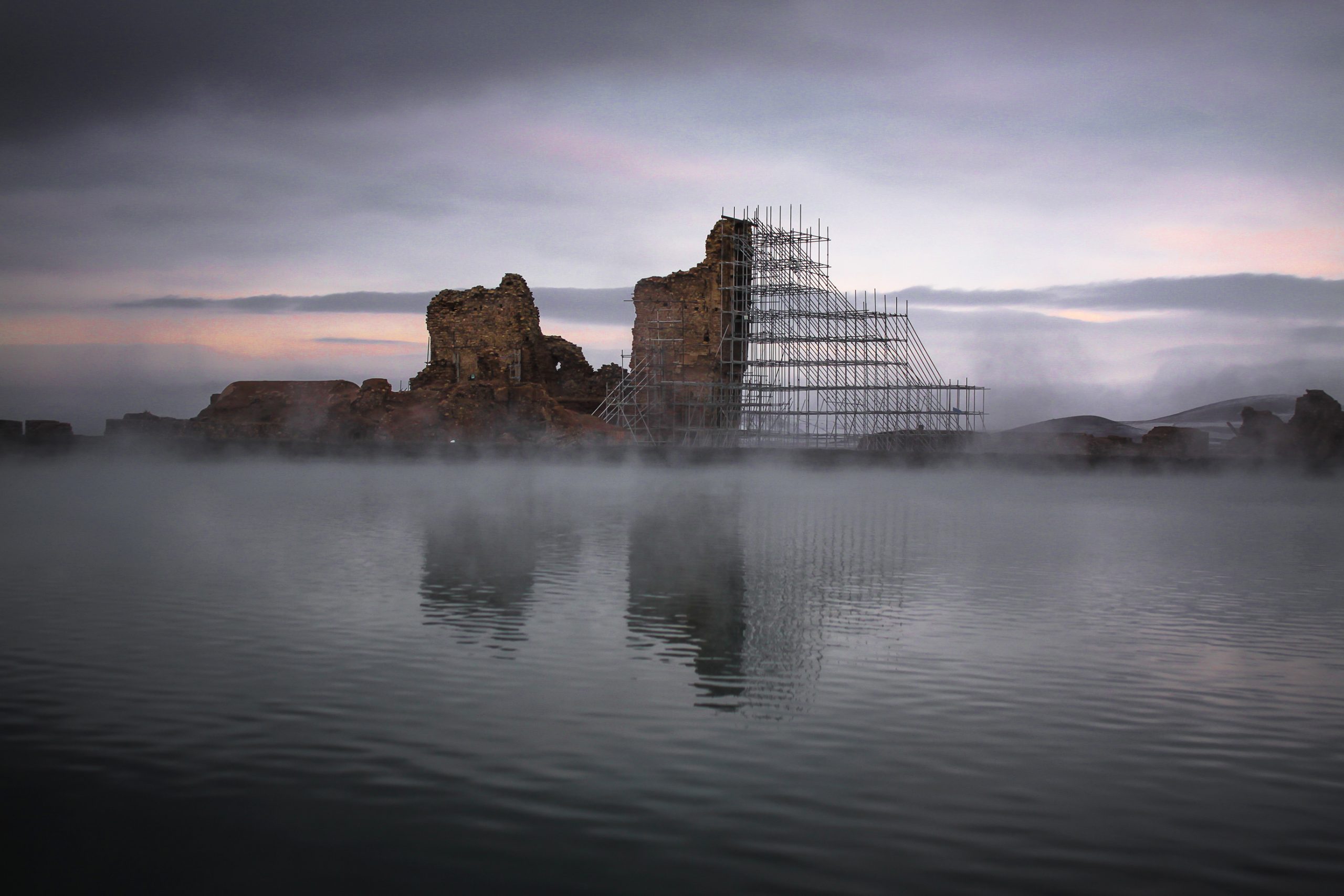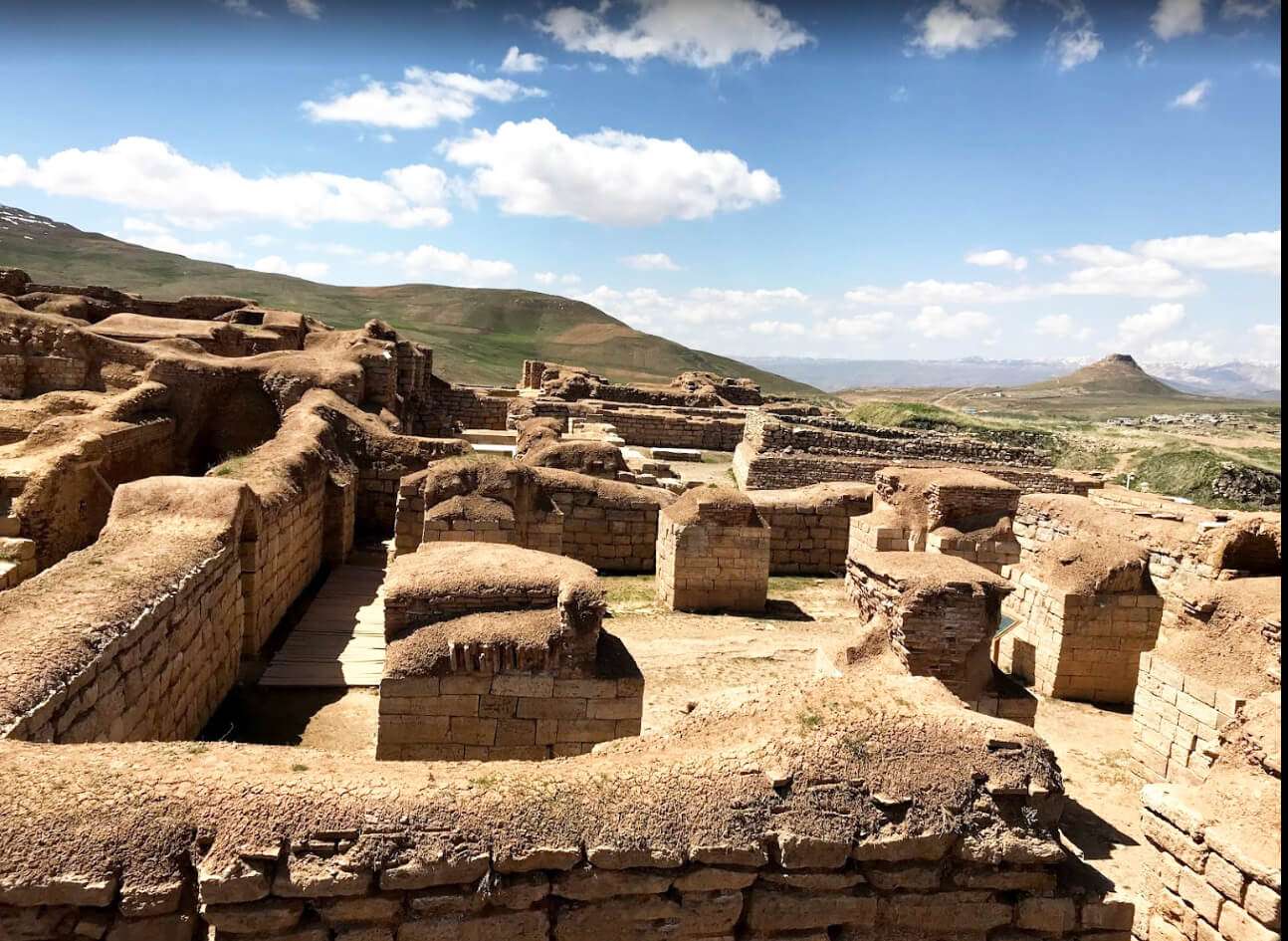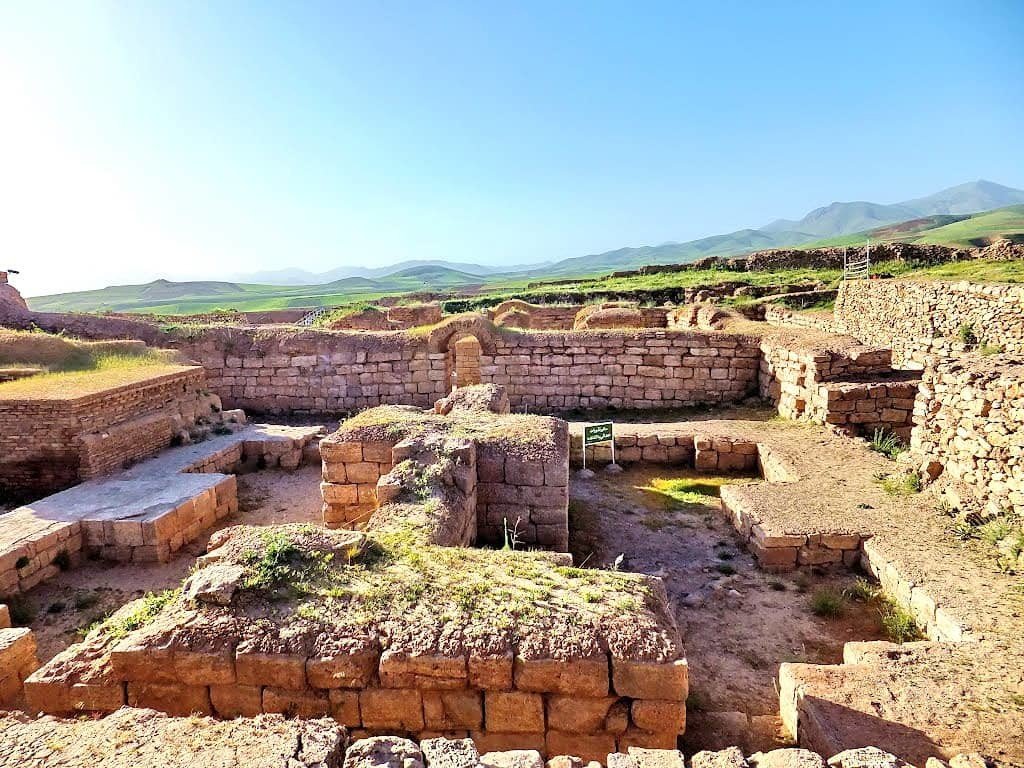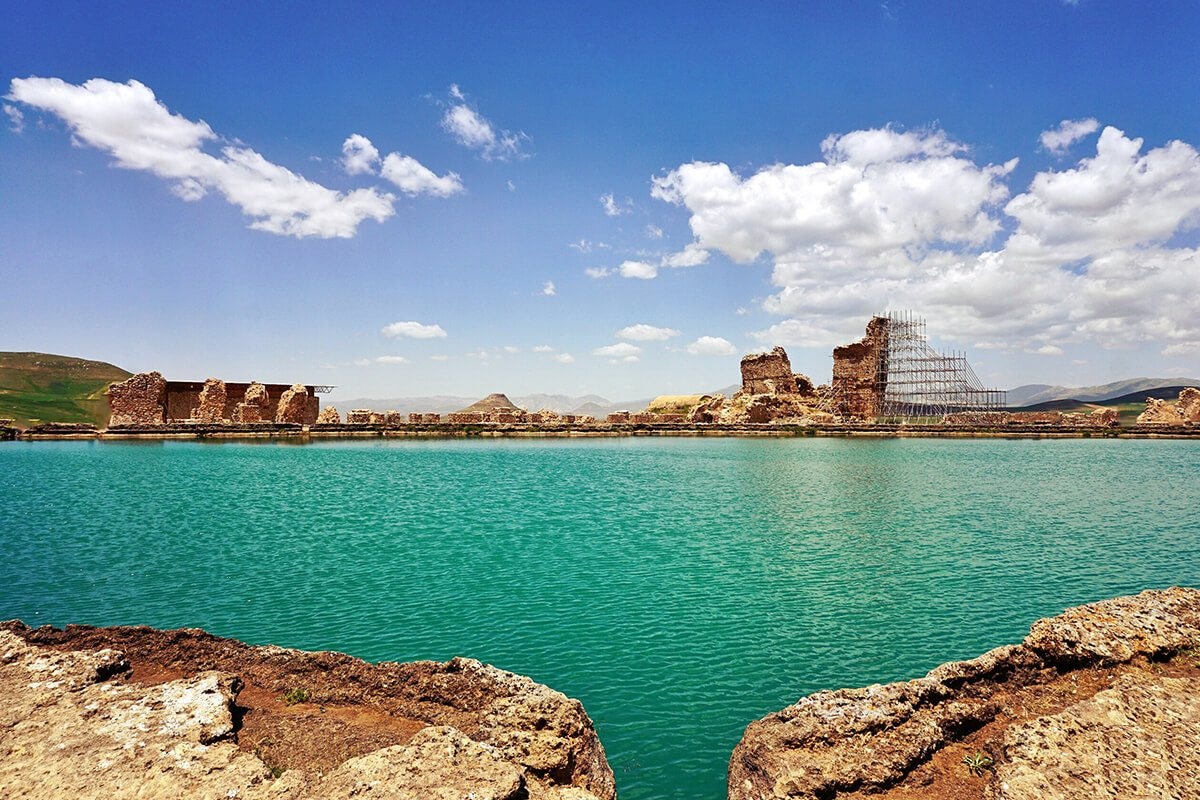Takht-e Soleyman
Hightlight
-
 Car parking
Car parking
Did you ever know that the planet Earth has its own chakras? Chakra, this mystical eastern term, is the centralized point on the body which channels both physical and spiritual energy (Hinduism). One of the purposes of tourism is to perceive the vital energy of the Earth. The Earth Chakras or the sacred sites are the locations where this energy can be experienced. Takht-e Soleyman is one of these sacred sites in Iran.
Takht-e Soleyman is a heritage site left from the Sassanid era (226–650 AD). In research, perception of the energy by the Energy tourists visiting the sacred site Takht-e Soleyman was surveyed. The survey was conducted in the summer of 2008. The focus group comprised 200 energy tourists. A questionnaire was presented and 140 tourists participated. After statistical analysis, 111 participants had sensed the energy in Takht-e Soleyman. The tourists explained their perception of the energy in detail.
Structure of the Takht-e Soleyman
Takht-e Soleyman is a complex of buildings consisting of the palace, the fire temple with peribolos, and fortifications from the late Sassanid period. It is located near the present city of Takab, in West Azerbaijan. On July 3, 2003, it was inscribed by UNESCO, along with twenty-four other places, as a World Heritage Site.
The site is located in the valley, in an area of cultivated fields. The shrine was partially rebuilt during the Mongol Ilkhanate period, as well as a Sassanid temple dedicated to Nahid. The remains show the later influence of Islamic architecture.
A first detailed description of the ruins of the Tacht-e Soleiman and the Zendan-i Soleiman was written in 1838 by Henry Rawlinson. In 1937 the first aerial photographs of the place were made, which was followed by an investigation by Arthur U. Pope and his expedition on behalf of the American Institute for Iranian Art and Archeology.

